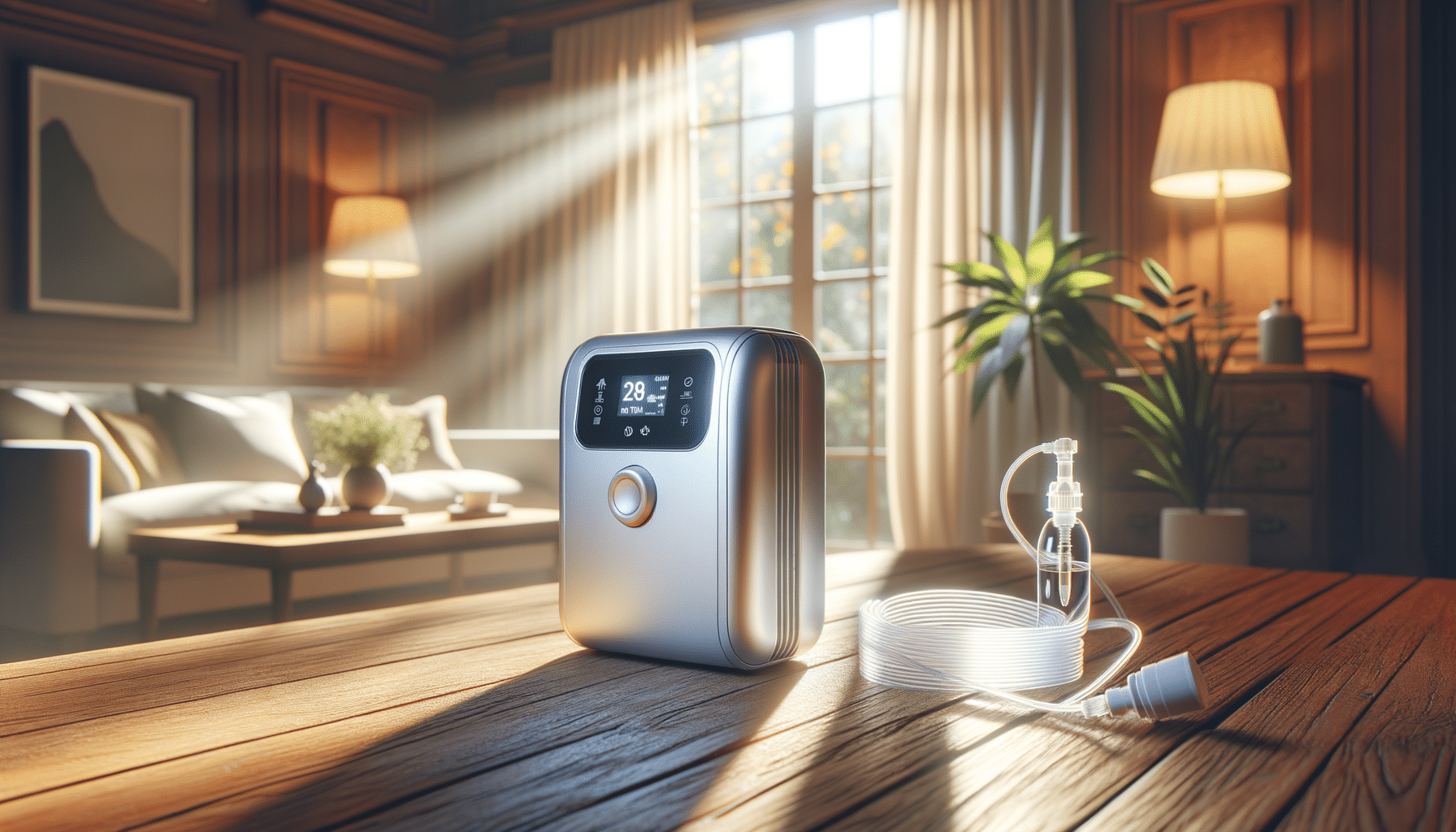
Oxygen Concentrators: Pricing, Features, and Benefits for Individuals with Chronic Lung Conditions
Introduction to Oxygen Concentrators
Oxygen concentrators have become essential medical devices for individuals with chronic lung conditions, offering a reliable source of supplemental oxygen. With increasing awareness about respiratory health, these devices are gaining attention for their ability to improve quality of life. Oxygen concentrators work by extracting oxygen from the ambient air, concentrating it, and delivering it to the user, thus ensuring a steady supply of oxygen. This process makes them a critical tool for people experiencing breathing difficulties due to conditions such as chronic obstructive pulmonary disease (COPD), asthma, or other respiratory ailments.
How Oxygen Concentrators Work
The functionality of oxygen concentrators is based on a simple yet efficient mechanism. They draw in ambient air, which contains about 21% oxygen, and filter it through a series of processes to concentrate oxygen levels up to 90-95%. This concentrated oxygen is then delivered to the patient via a nasal cannula or a mask. The concentrators use a technology called pressure swing adsorption (PSA), which involves using zeolite minerals that separate nitrogen from the air, allowing oxygen to pass through. This process ensures that users receive a continuous flow of oxygen, which is crucial for maintaining optimal blood oxygen levels.
Key features of oxygen concentrators include:
- Adjustable flow settings to meet individual oxygen needs.
- Portability options, from stationary to lightweight portable models.
- Low maintenance with easy-to-clean filters.
- Energy efficiency, making them cost-effective in the long run.
Benefits of Using Oxygen Concentrators
Oxygen concentrators offer numerous benefits that enhance the quality of life for individuals with respiratory conditions. One of the primary advantages is the improved oxygenation of the blood, which helps in reducing symptoms such as shortness of breath and fatigue. This, in turn, allows individuals to engage in daily activities with greater ease and comfort. Moreover, oxygen concentrators are designed to be user-friendly, making them accessible to a broad range of patients, including the elderly.
Additional benefits include:
- Reduced risk of hypoxemia, a condition caused by low blood oxygen levels.
- Increased mobility with portable models, providing freedom to travel and participate in social activities.
- Enhanced sleep quality for those with sleep-related breathing disorders.
Considerations When Choosing an Oxygen Concentrator
When selecting an oxygen concentrator, several factors need to be considered to ensure it meets the user’s specific needs. The flow rate is a critical aspect, as it determines the amount of oxygen delivered per minute. Patients should consult with healthcare providers to determine the appropriate flow rate based on their medical condition. Additionally, the weight and size of the concentrator are important for those who require portability. Some models are designed for home use, while others are compact enough for travel.
Other considerations include:
- Battery life, especially for portable models that need to last throughout the day.
- Noise level, ensuring that the device operates quietly to avoid disturbances.
- Warranty and customer support, providing peace of mind and assistance when needed.
Conclusion: Enhancing Lives with Oxygen Concentrators
Oxygen concentrators play a pivotal role in enhancing the lives of individuals with chronic lung conditions. By providing a steady supply of oxygen, these devices help alleviate symptoms, improve mobility, and allow users to maintain an active lifestyle. As technology advances, oxygen concentrators are becoming more efficient, compact, and user-friendly, making them accessible to a wider audience. For anyone experiencing breathing difficulties, consulting with a healthcare provider to explore the benefits of an oxygen concentrator could be a significant step towards better health and well-being.


